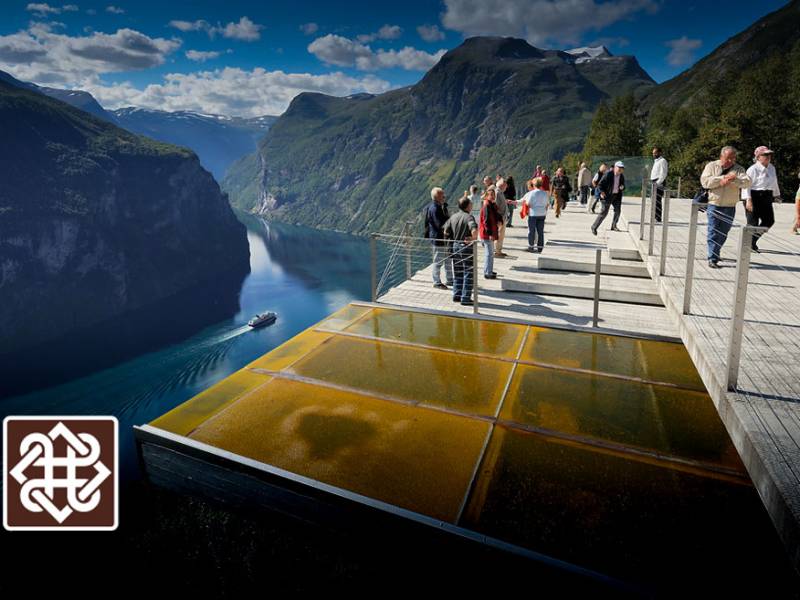
Norwegian Scenic Route Geiranger - Trollstigen
Provided by:
Nasjonale turistveger

The drive along Trollstigen is undoubtedly more dramatic than most people are used to, but what is special about driving in Norway is that in fact people live just about everywhere. Even on the narrowest mountain ledge or small crag there will be a house. We are bound to the landscape and the natural surroundings through settlements that have offered us a livelihood throughout history. Geiranger-Trollstigen offers numerous highlights, and the eleven hairpin bends of Trollstigen as well as the view from Ørnesvingen down to the Geirangerfjord may set your pulse racing. Lush valleys, sheltered strawberry-growing areas, precipitous mountains and vantage points guaranteed to make you dizzy offer some of Norway’s most scenic views. Allow plenty of time for the trip − stops are welcome whether you want the challenge of a hike to a lofty summit or just to enjoy the view. For those who take the time, there’s such a lot more to be discovered.